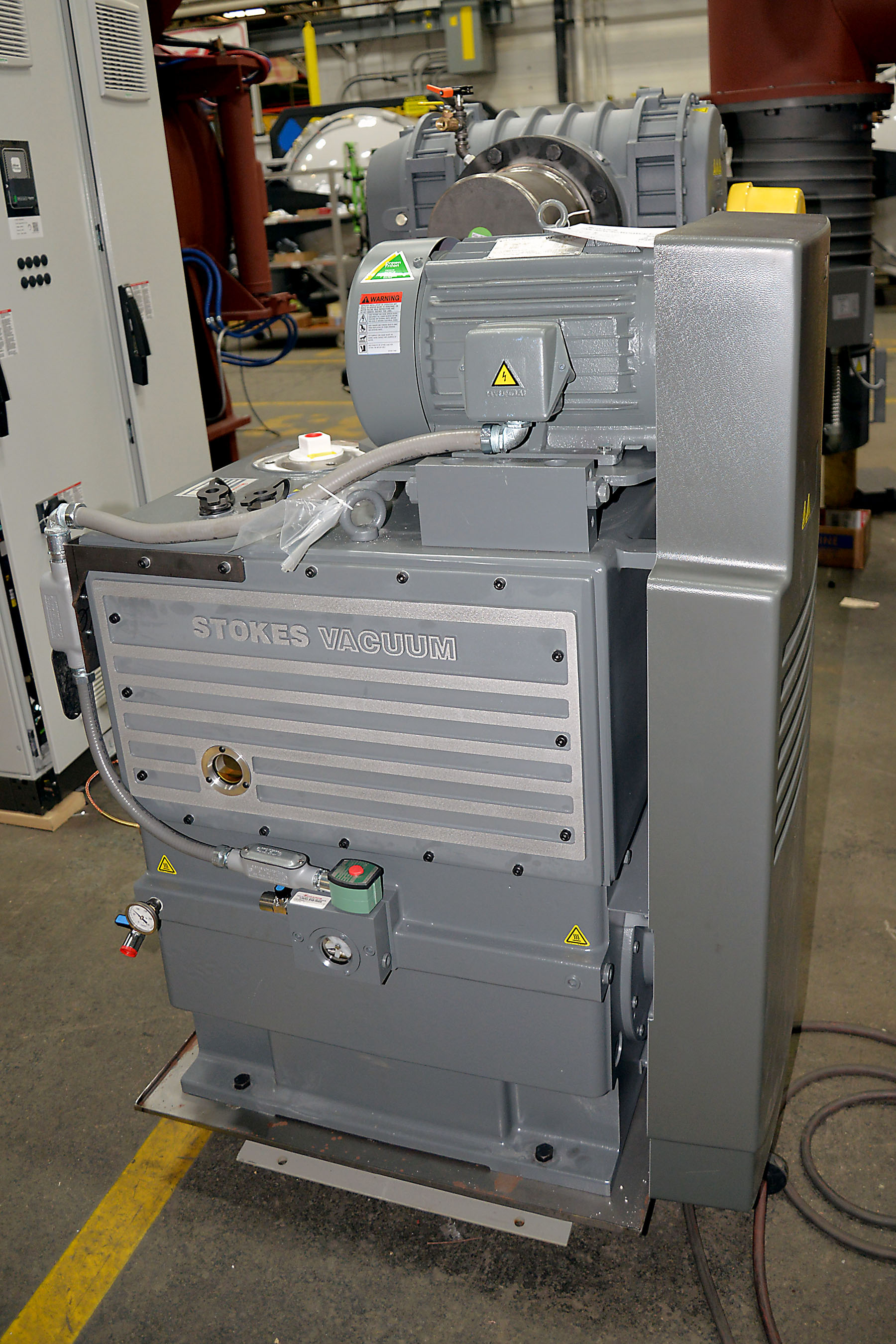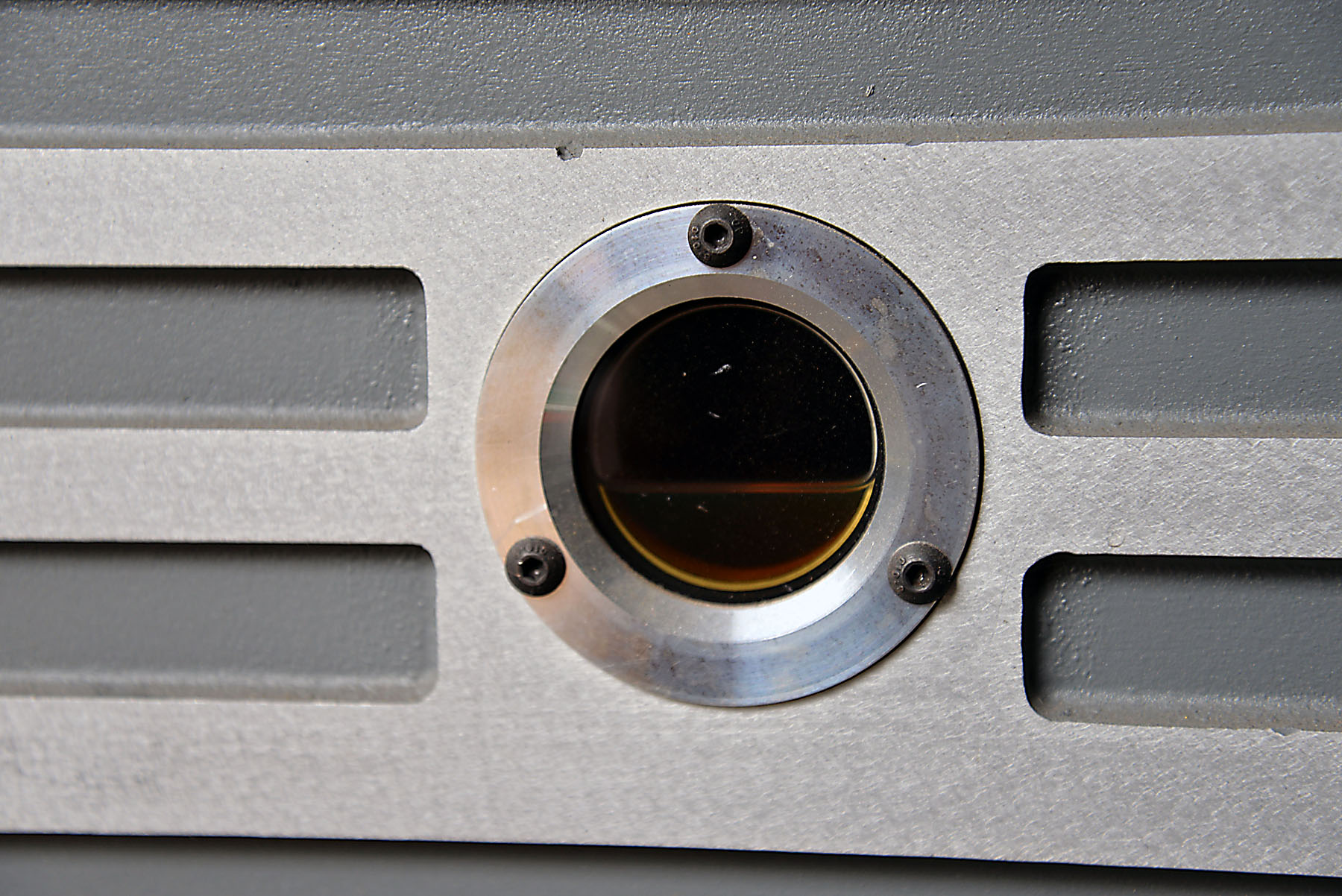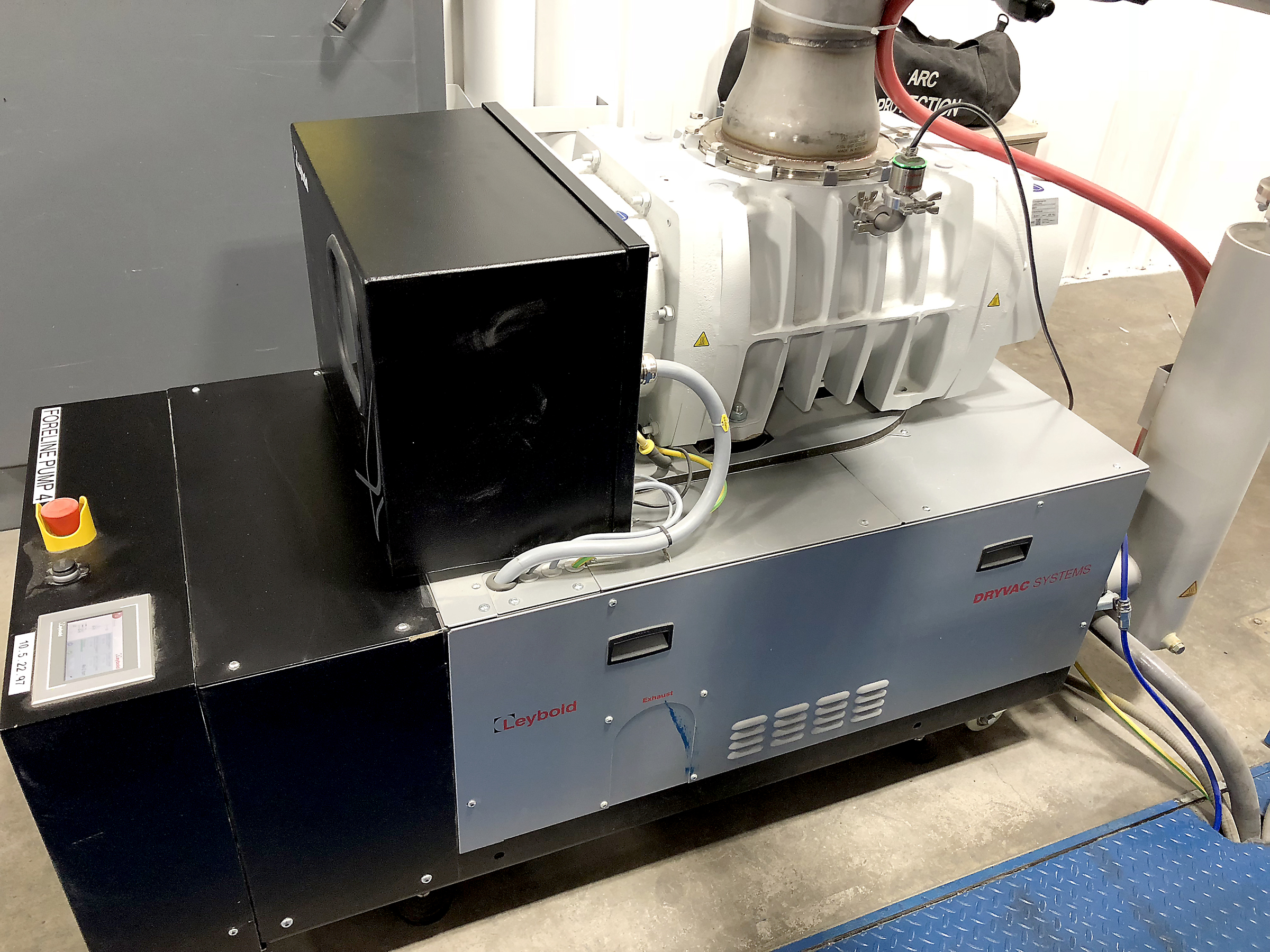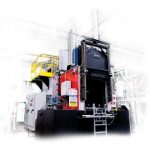Performing routine maintenance on a wet pump is critical not only to its life span but, more importantly, to its performance. One commonly recommended procedure for improving or maintaining cycle time is to make sure vacuum pumps are running at optimum levels. This column will discuss recommended practices and frequency for wet-pump maintenance — and when it may be time to switch to newer dry-pump technology.
Create a Preventative Maintenance Schedule
On a weekly basis (or monthly, depending on how often you run your furnace), inspect the roughing and booster vacuum pumps for oil quality, perpetual leaks, and abnormal noise and temperature from the pumping system. By becoming familiar with your pumping assembly, you will begin to notice anomalies. In addition, on a weekly basis when the furnace is out of cycle, evaluate the ultimate vacuum on your roughing line to determine the pumping performance.
From your assessments, you will be able to deduce when a repair is required and can begin to develop a preventative maintenance program for your pumps. Simple repairs such as replacing the oil and seals or changing out a belt can be completed with low risk of furnace downtime. Having a spare parts kit on hand allows for quick maintenance between production cycles and will help save valuable furnace production time. Some basic parts to consider keeping in stock include the proper type of pump oil, oil filters, exhaust filter components, belts, and seals.

Check the Oil Quality
Check the oil color for signs of discoloration. Discoloration in the oil is the first sign of contamination or overheating. As materials are vaporized in the furnace during heat-treatment cycles, they will exit the furnace and eventually reach the pumping system components. All pump manufacturers adhere to a general color scale of the oil to note its current quality.
New oil will appear almost clear with a champagne hue. As contaminants reach the oil, it will begin to rise in temperature, therefore changing color. Generally, most pump oil will appear new or possibly light gold. Eventually the oil will turn to a true gold or yellow, which is an early sign of deterioration. As the color changes to amber, it is time to plan an oil change in the coming days or weeks, depending on the cleanliness of the components entering the furnace, pump performance required, and — ultimately — the number of cycles run per day.
If the oil changes to more of a dark amber or brown color, the oil should be changed as soon as possible as it could cause permanent damage to the pump’s internal components. At some point, the seals will reach elevated temperatures and weaken, allowing oil to leak, causing a dramatic decrease in oil quantity and quality.
It is important to note whether the oil begins to appear cloudy or murky. This is a strong indicator that moisture or water vapor has begun to enter the pump. This is easy to remedy. Many pumps have a gas ballast valve that allows air to enter directly into the pump. By allowing air or inert gas at atmospheric pressure to enter the pump, the load on the pump will increase and cause a slight rise in the oil temperature. This will cause the moisture to evaporate and be pushed out of the pump exhaust. This should only be performed for 10-15 minutes and when the furnace is out of cycle. If after the first attempt the oil still appears cloudy, repeat the process until oil quality is improved.

Replace or Repair Pumps
Preventative maintenance can extend the life of wet vacuum pumps, but when they no longer operate at peak performance it may be time to consider rebuilding or replacing them. Depending on your furnace processes and parts and OEM recommended maintenance schedules, wet vacuum pumps can last for 4-6 years between rebuilds and 12-15 years before needing to be replaced. Several factors that affect the life span of vacuum pumps include:
Leaks: Seals can either overheat or become dry, allowing them to break down.
Poor oil quality: Contamination in the oil can cause overheating. As the quality degrades, it causes the pumps to work harder to maintain current performance standards.
Total operating time: Wet pumps have several components that can degrade over time. The longer the pumps run, the more frequently they will need maintenance.

Consider Dry-Pump Technology
With the development of newer technology such as dry screw pumps, dry vacuum pumps require little to no maintenance for nearly the first five years of use. At that time, it is recommended to have the bearing assembly replaced and returned to normal operation. The overall life expectancy of dry screw pumps is significantly greater than wet pumps. Early results show that dry pumps can last for 15-20 years, which is nearly twice as long as wet pumps.
By requiring less frequent maintenance, customers can expect high production throughput for their equipment and less unplanned downtime. If these metrics are critical for production needs, then it is worth researching to determine whether dry screw pumps are a more suitable solution for your furnace processes.
In the end, it is essential that regular inspection of your wet vacuum pumps fit into your preventative maintenance plan. Being proactive about pump maintenance and replacement can save you from unwanted downtime and higher operating costs — all of which can result from continuing to run a vacuum pump that exhibits signs of deterioration.































